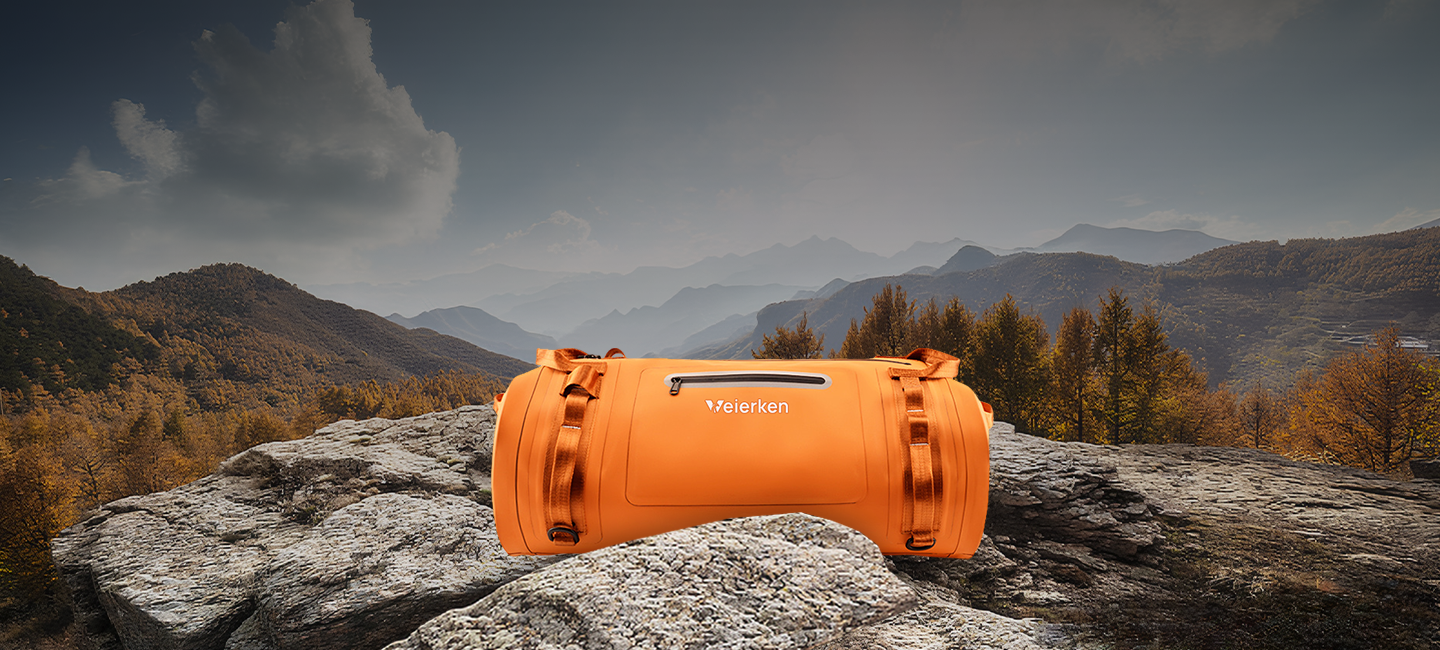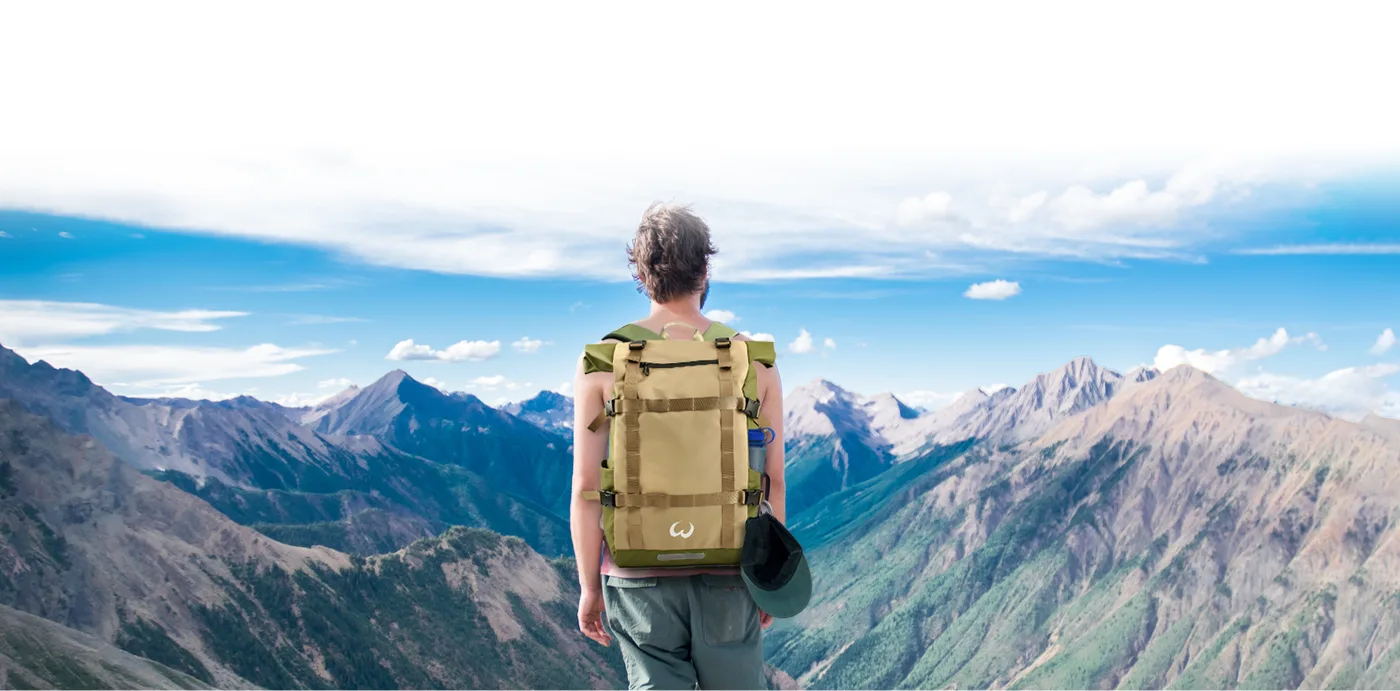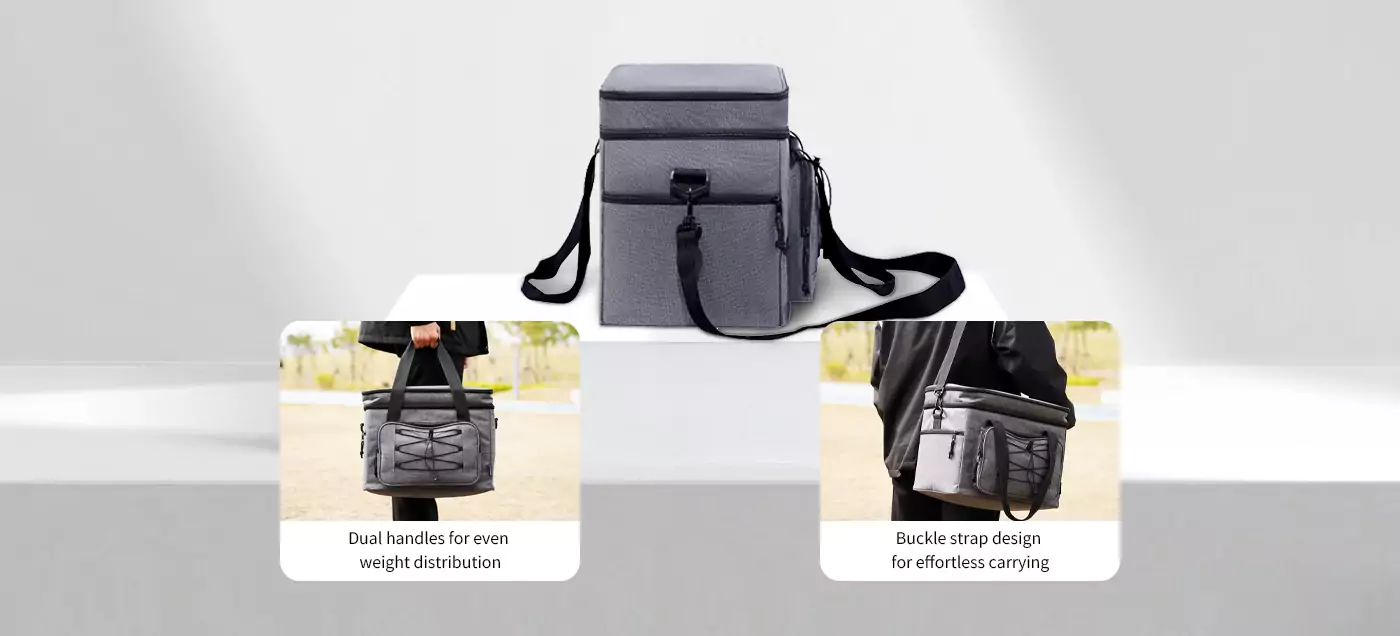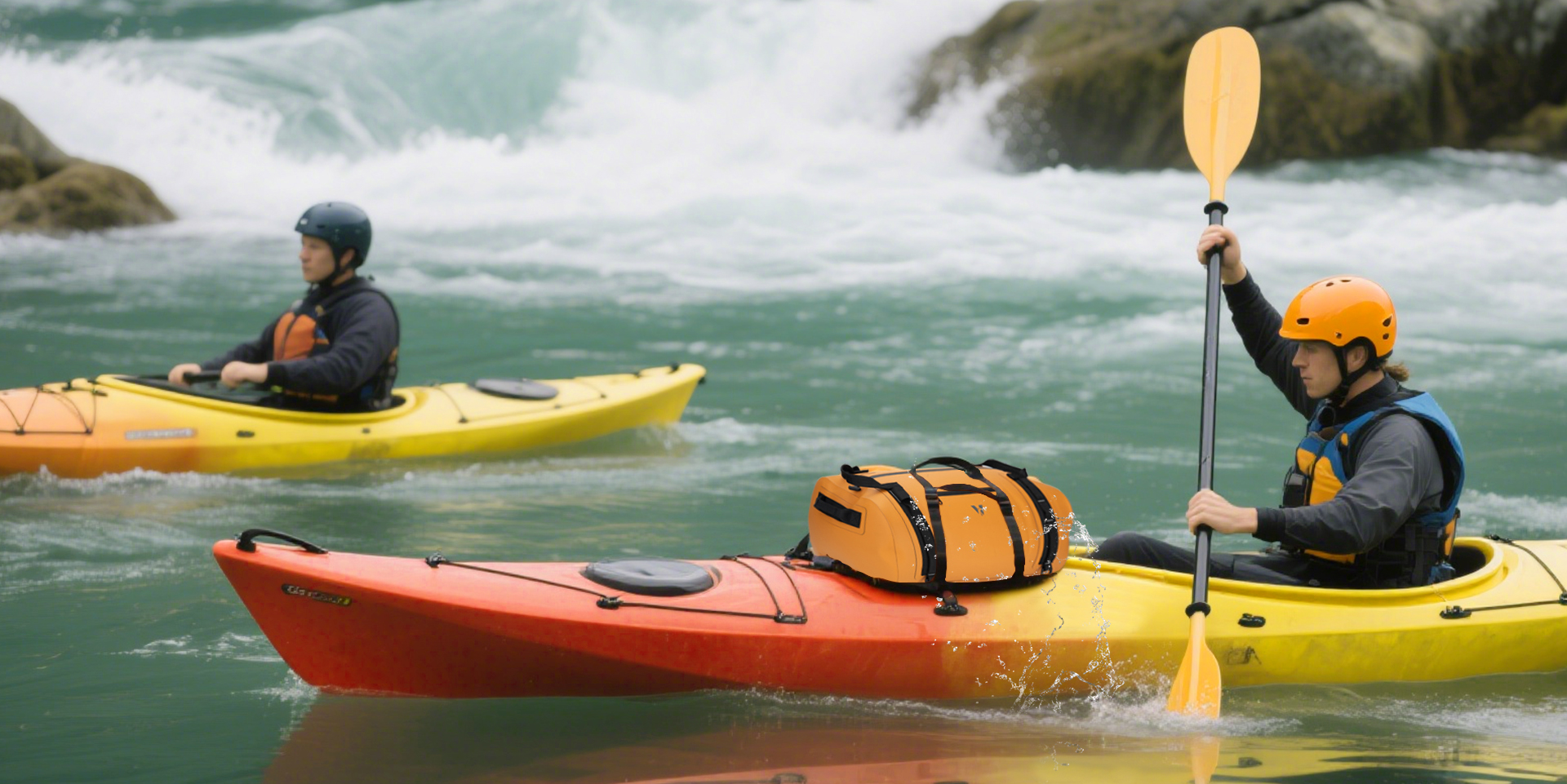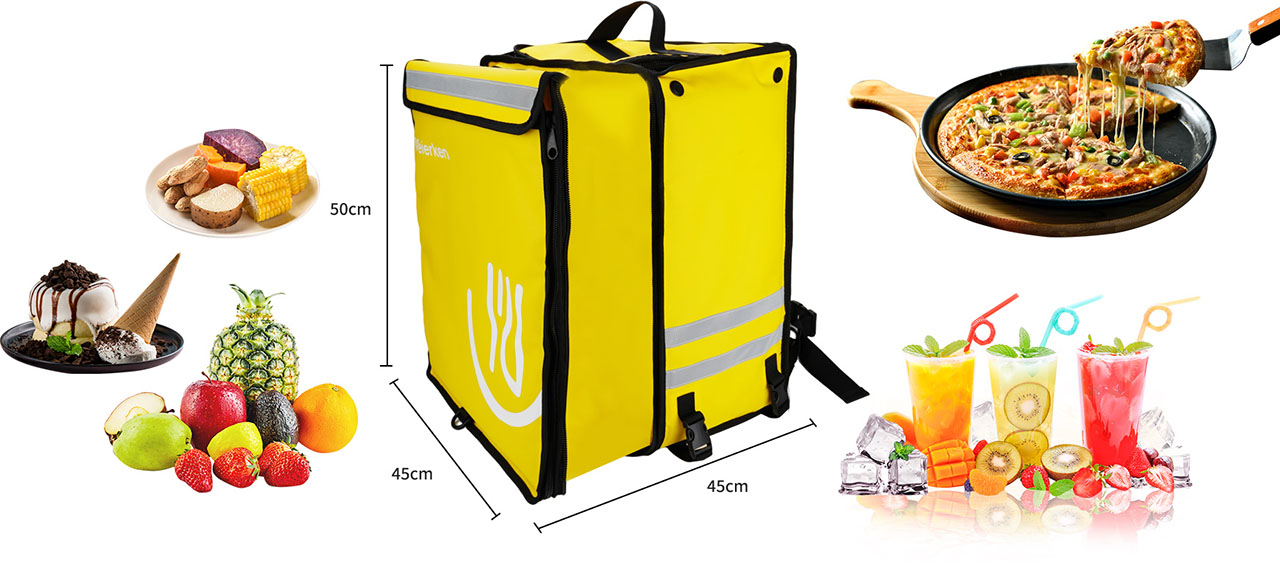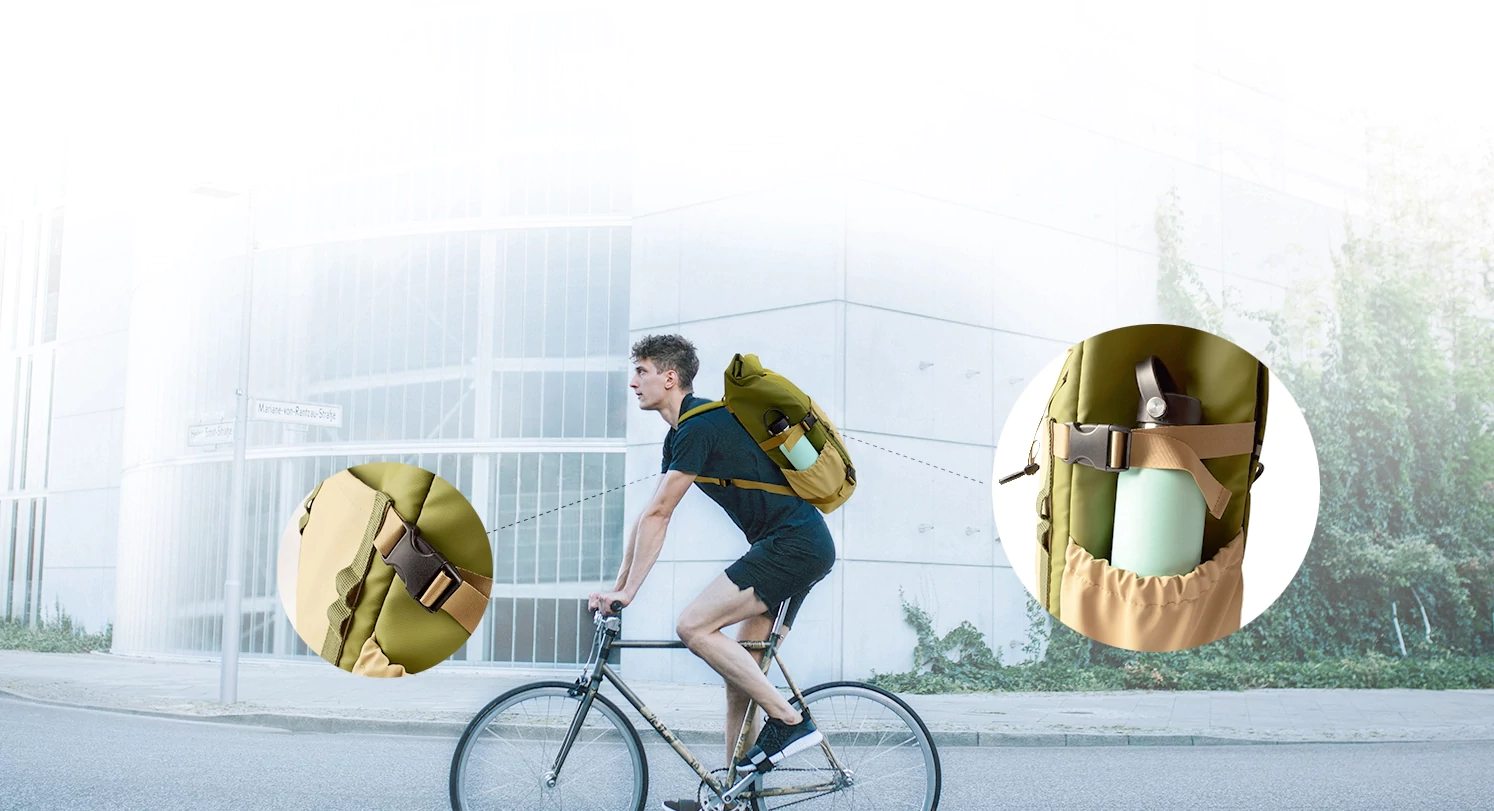The global surge in outdoor recreational activities has significantly increased the demand for durable and reliable gear, with kayaking standing out as a popular choice for enthusiasts and commercial outfits alike. Central to this trend is the need for high-quality kayaking bags designed to protect valuable equipment during transport and storage. For businesses—whether they are kayak rental services, outdoor sports retailers, or tourism companies—placing a kayaking bag bulk order is a strategic decision that goes beyond simple procurement. It represents an opportunity to achieve substantial cost savings, maintain stable inventory levels, and build a foundation for long-term operational success.
However, navigating the complexities of bulk purchasing requires a careful, informed approach. A poorly planned order can lead to financial losses, quality inconsistencies, and frustrating supply chain delays. To help your business make a smart, strategic decision, we will explore five essential factors that should guide your kayaking bag bulk order process. These pillars will help you mitigate risks and ensure a strong return on your investment. As a specialist in this field, Weierken understands these intricacies and is committed to partnering with businesses for their bulk supply needs.
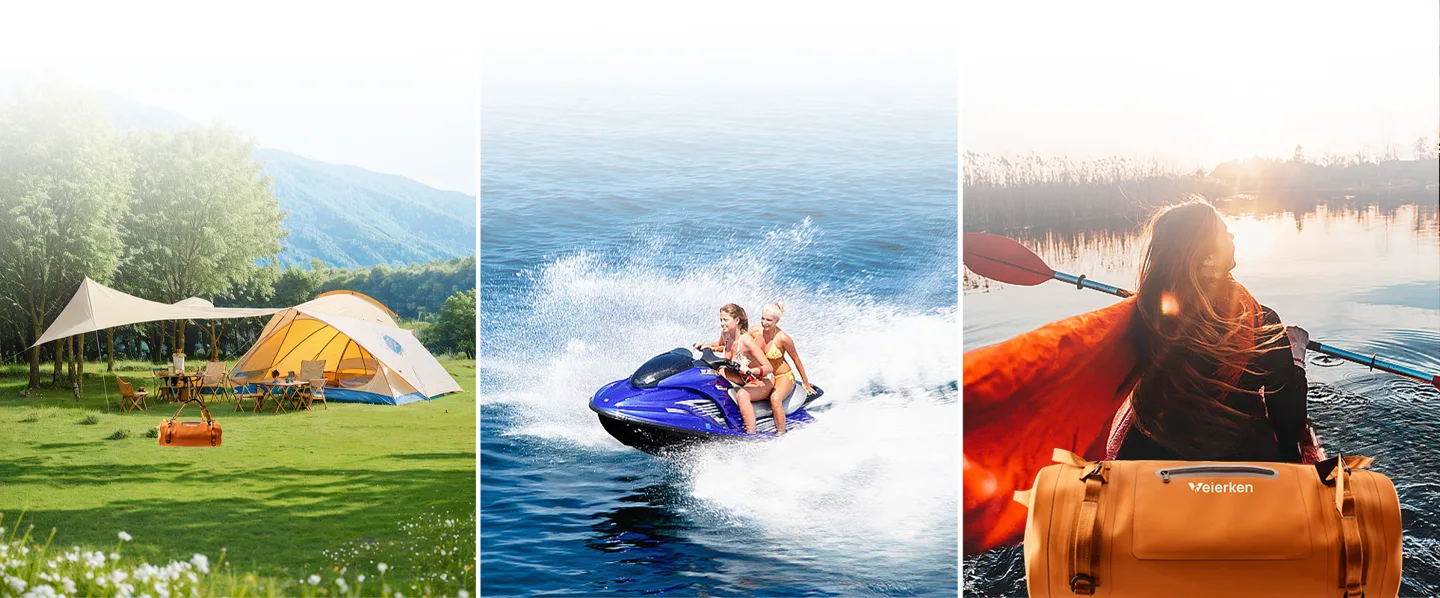
Cost-Effectiveness and Bulk Pricing
When initiating a kayaking bag bulk order, the upfront cost per unit is often the primary driver. The potential for volume-based discounts is a powerful incentive, but a truly cost-effective purchase requires a deeper analysis beyond the initial price tag.
- Understanding Volume Discounts and MOQs: Most manufacturers offer tiered pricing, where the unit price decreases as the order quantity increases. It is crucial to understand the supplier’s Minimum Order Quantity (MOQ). While a lower MOQ offers flexibility, a higher MOQ often unlocks the best per-unit prices. Your challenge is to find the sweet spot that aligns with your budget, storage capacity, and sales forecasts.
- The Total Cost of Ownership (TCO): The quoted price is just one part of the equation. The TCO includes all associated expenses: shipping and freight costs, import duties, insurance, and potential costs for quality remediation. A slightly higher unit price from a supplier who offers more favorable Incoterms (e.g., DAP) might result in a lower TCO than a seemingly cheaper supplier with complex logistics.
- Transparent Pricing and Negotiation: Seek suppliers who provide clear, transparent pricing models. Be prepared to negotiate not just on price, but also on payment terms. Options like a 30% deposit with a 70% balance upon shipment can improve your cash flow. Building a relationship with a manufacturer like Weierken often leads to more collaborative and favorable pricing structures over time.
Quality Assurance and Compliance
Compromising on quality in a bulk order for kayaking bags is a costly mistake. Inferior products lead to customer complaints, returns, and damage to your brand’s reputation. Ensuring consistent, high-quality output is non-negotiable.
- Material and Performance Standards: Scrutinize the materials used. Key features for kayaking bags include waterproof or highly water-resistant fabrics (e.g., TPU laminates or coated polyester), robust zippers (like YKK), reinforced stitching, and strong, corrosion-resistant hardware. The bags should also offer UV resistance to prevent degradation from sun exposure and adequate padding to protect kayak surfaces.
- Supplier Quality Control Processes: Before placing a large kayaking bag bulk order, investigate the supplier’s quality control (QC) protocols. Do they have a dedicated QC team? What are their in-process and pre-shipment inspection procedures? It is highly advisable to conduct a factory audit, either in person or via a third-party service, to verify their capabilities.
- Samples and Compliance Certifications: Always request a production sample—not just a pre-made showcase model. Test this sample rigorously for durability, water resistance, and functionality. Furthermore, verify that the products and materials comply with relevant international safety and environmental regulations, such as RoHS and REACH, especially if you are selling in markets with strict consumer protection laws.
Customization and Branding Options
A kayaking bag bulk order presents a powerful branding opportunity. Customized bags transform standard equipment into a mobile advertisement for your business, enhancing brand recognition and perceived value.
- Scope of Customization: Determine what level of customization the supplier offers. Common options include:
- Logo Placement: Screen printing, heat transfer, or embroidery of your company logo.
- Color Variations: Customizing the color of the fabric, straps, or zippers to match your brand identity.
- Design Modifications: Adjusting compartments, adding pockets, or incorporating specific features tailored to your customers’ needs.
- OEM/ODM Services: Many manufacturers, including Weierken, provide OEM (Original Equipment Manufacturer) and ODM (Original Design Manufacturer) services. OEM allows you to put your brand on an existing product design, while ODM involves collaborating with the supplier to create a entirely new, bespoke product. This flexibility is crucial for businesses looking to differentiate themselves in a competitive market.
- Managing Timelines and Design Flexibility: Be aware that customization adds time to the production schedule. Clearly communicate your design requirements upfront and ask for a detailed timeline that includes prototyping and sample approval stages. A responsive supplier will work with you to ensure the final product perfectly matches your vision.
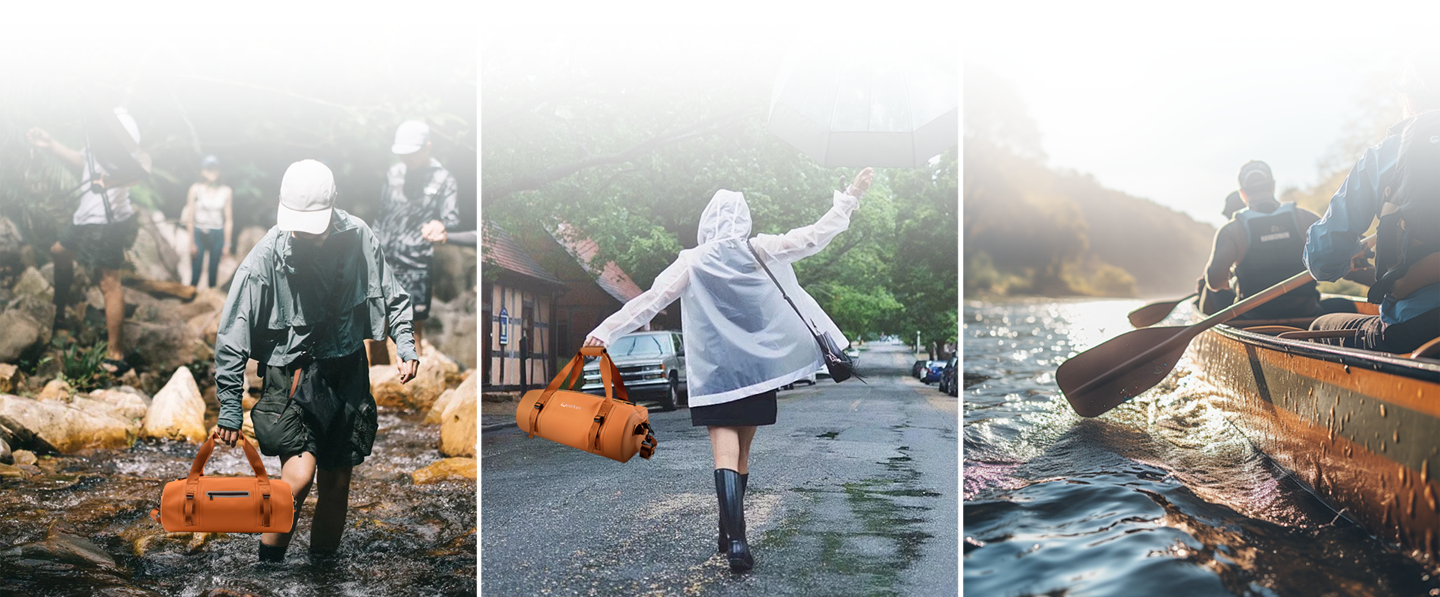
Supplier Reliability and Lead Times
The dependability of your supplier is the backbone of a successful kayaking bag bulk order. A supplier’s failure to deliver on time can disrupt your entire operation, leading to lost sales and dissatisfied customers.
- Evaluating Credibility: Assess a supplier’s reputation by examining their business history, client portfolio, and online reviews. Certifications like ISO 9001 for quality management systems are a strong indicator of a professional and process-oriented operation. Don’t hesitate to ask for client references, particularly from other businesses that have placed similar bulk orders.
- Production Capacity and Communication: Ensure the supplier has the production capacity to handle your order volume within your required timeframe. Clear, consistent, and proactive communication is vital. A reliable point of contact who provides regular production updates can prevent many potential issues.
- Contractual Safeguards: A detailed contract is essential. It should explicitly outline the product specifications, quality standards, agreed-upon price, payment schedule, delivery date, and Incoterms. Include clauses that address potential delays, quality rejections, and remedies for breach of contract. Having a contingency plan for unforeseen delays is a mark of a savvy procurement manager.
Logistics and Supply Chain Management
The final critical factor involves getting your kayaking bag bulk order from the factory floor to your warehouse efficiently and cost-effectively. Global logistics can be complex, and mismanagement here can erode all the savings and quality gains achieved earlier.
- Shipping Methods and Incoterms: The choice between air freight and sea freight is a classic trade-off between speed and cost. For most bulk orders, sea freight is the more economical choice, though it requires longer lead times. Understanding International Commercial Terms (Incoterms) is crucial—they define the responsibilities of the buyer and seller for delivery, costs, and risk. Common terms include FOB (Free on Board) and EXW (Ex Works).
- Inventory Management and Warehousing: Your bulk purchase should align with your inventory management strategy. Consider your storage space and holding costs. Partnering with a supplier that can offer flexible drop-shipping or consolidated shipping services can be beneficial. Some suppliers may also provide warehousing solutions, holding stock for you and releasing it as needed.
- Leveraging Technology: Utilize logistics software or work with a experienced freight forwarder to manage the complexities of international shipping. These tools and partners provide crucial visibility into the shipment’s status, handle customs clearance, and help navigate regulatory requirements, ensuring a smoother and more predictable supply chain.
Placing a successful kayaking bag bulk order is a multifaceted strategic exercise. By meticulously evaluating these five key factors—Cost-Effectiveness, Quality Assurance, Customization, Supplier Reliability, and Logistics—your business can significantly reduce risk, secure a high-quality product, and maximize the return on your procurement investment. This holistic approach transforms a simple purchase into a strategic advantage.
The importance of conducting thorough due diligence and fostering a strong, transparent relationship with your supplier cannot be overstated. A partnership with a committed manufacturer like Weierken is built on trust and mutual success, paving the way for seamless transactions and long-term business growth.
Frequently Asked Questions (FAQs)
Q1: What is the typical lead time for a large kayaking bag bulk order?
A: Lead times can vary significantly based on order size, customization level, and the supplier’s current production schedule. For a standard, non-customized kayaking bag bulk order, you can typically expect 4-8 weeks from order confirmation to shipment. Complex customizations (ODM) will extend this timeline. Always confirm the detailed production schedule with your supplier, like Weierken, before placing your order.
Q2: Can I order a smaller sample before committing to a full bulk order?
A: Yes, and this is highly recommended. Reputable suppliers will encourage you to purchase a pre-production sample to evaluate the quality, materials, and functionality firsthand. This step is crucial for ensuring the final bulk order for kayaking bags meets your exact specifications and quality standards.
Q3: How do you handle shipping and customs for international bulk orders?
A: Most manufacturers have extensive experience with international shipping. They will typically prepare all necessary export documentation. However, the import customs clearance, duties, and taxes are usually the responsibility of the buyer. It is advisable to work with a reliable freight forwarder or a supplier, such as Weierken, that offers comprehensive logistics support to navigate these processes smoothly.
Q4: What are my options if the received bulk order has quality issues?
A: This is why a clear quality inspection clause in your contract is vital. Reputable suppliers will have a warranty or return policy for defective products. The process usually involves you providing evidence (photos/videos) of the issues. The supplier is then obligated to rectify the situation, which may involve replacing the defective units or providing a credit. Conducting a pre-shipment inspection can help catch these issues before the goods are shipped.
Q5: Are there any eco-friendly or sustainable material options available for kayaking bags?
A: Absolutely. The demand for sustainable outdoor gear is growing. Many manufacturers now offer options like recycled PET (rPET) fabrics, which are made from recycled plastic bottles, and PVC-free waterproof coatings. When discussing your kayaking bag bulk order, be sure to inquire about the availability of these eco-friendly materials and any relevant certifications.
